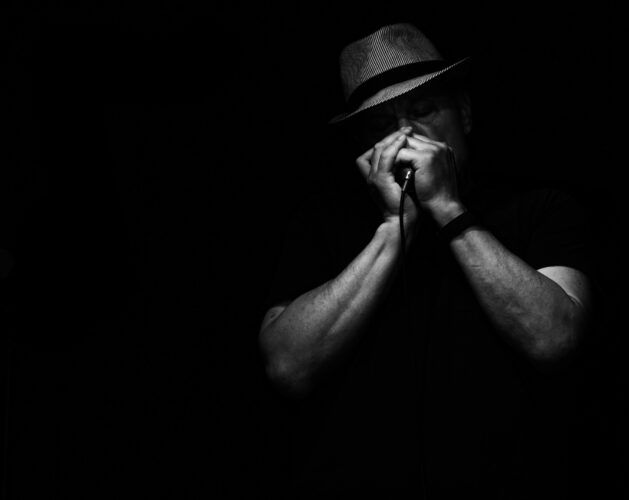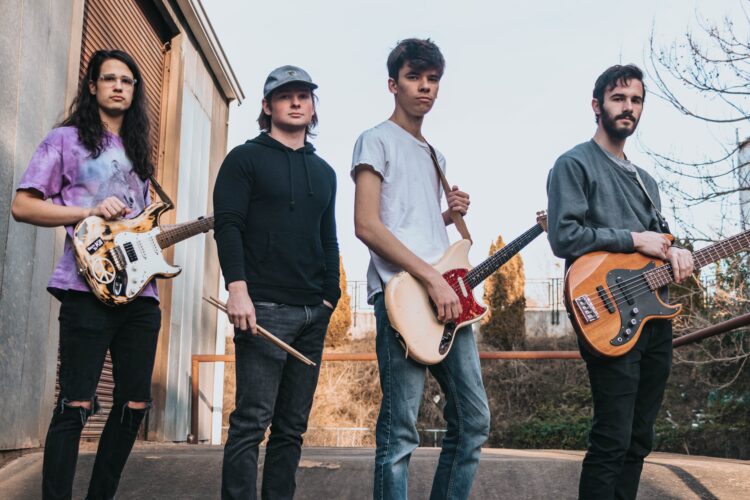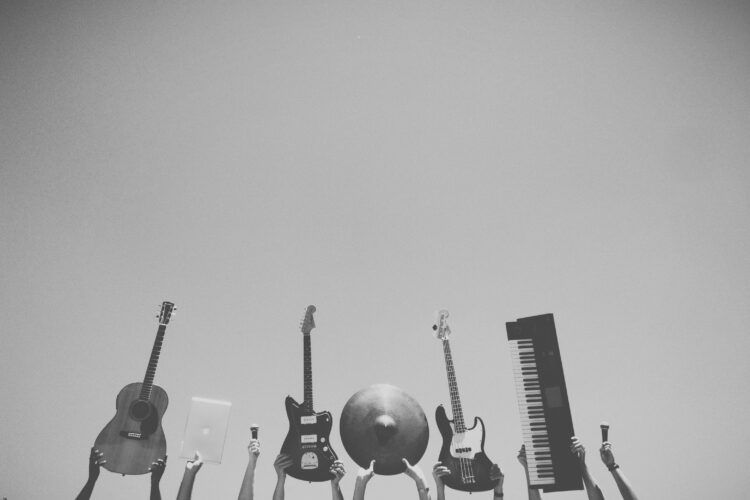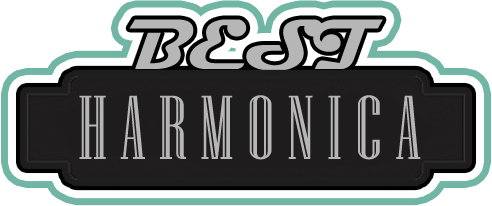So you want to learn harmonica? Well there are a few things you need to know before you begin to learn how long does it take to learn the harmonica. The harmonica is a wind instrument held with your hands that creates sounds through breathing in or out over the reeds inside. The harmonica is great because it can be used to accompany instruments like piano, guitar and other stringed instruments.
Some even configure it in such a way that frees up their hands to play other instruments simultaneously. It can also be played independently and, depending on the type of harmonica, fill the room with a jovial or bluesy tone or anything in between.

Habits to Start Early When Learning Harmonica
The harmonic is played using your hands and mouth, though sometimes, like when using a harmonica holder, it can be played using just the mouth. When learning to play the harmonica, the earlier one develops proper techniques the better. The sooner you make these techniques into habits, the better. So what do you need to know?
Hand Position

Begin by grasping the harmonica with your left hand. Hold your hand as though you are about to pinch something, with your index finger and thumb parallel to each other, then hold the harmonica with the left side running right up to your hand. Make sure the lowest notes are on the left side, which you can tell by playing it.
If you want to play with your right hand holding the instrument, flip it upside down so that the lowest notes are on the right side. Use your other hand to cup around the back of the harmonica.
You can either place your thumb on the right side (left side, if you are holding it the other way) or on the front, but make sure you move it when playing the higher notes. Try it out. See what’s comfortable, and what gives you good control while also having fun and you’re already half-way there.
As you get more practice try manipulating the sound a bit by opening and closing your cupped hand. The more air that can flow through, the brighter it will sound; the less air that flows through, the more muffled it will sound and have more bass in it. Also, try making the warbling sound by rapidly opening and closing your cupped hand to create a small opening through which air can pass.
Mouth Position
You may be tempted to use your mouth to manipulate the sound, but try not to that too much. This is what your hands are for. I will get into breathing in a moment, but first learn to either position your lips over a cluster of notes or over a single note. Practice this by both breathing in and out for each note. Use your hands the best you can to move the harmonica and find different notes. Try to avoid moving your head too much, though don’t become a statue.
Breathing
You’re going to want to learn to breathe. I know this seems like something you learned day one, but if you haven’t learned to properly breathe for playing a wind instrument, you should. You can either breathe in or out for each note or notes; each will produce a different sound.
On top of breathing in and out, bending a note is another technique that you will want to learn (1). This involves breathing in so sharply that the note literally changes in the process. It’s not easy, so don’t get discouraged if you don’t get it the first or second or third time. Practice breathing.
10 Tips for Learning to Play the Harmonica Quicker
Learning takes time, but here are 10 tips for helping that process along.

1) Listen to others
Spend time hearing what you want to play. Try listening to Professional Harmonica Players. If it’s blues, listen to blues harmonica. If it’s a more folk style you want, listen to that type of harmonica playing.
2) Play with others
Don’t just follow the rhythm in your hand, practice with other. Learn to fit into the band, learn to play along with others and listen while playing. If you don’t have this luxury, try playing with a song. See if you can even find a song typically with harmonica where it has been removed and then fill that gap.
3) Set aside time
You may be tempted to practice a lot at first and then slowly stop practicing all together. But the best way to practice is to give yourself a small amount of time each day and to do so for a while. Maybe it’s not the quickest way, but I guarantee you will learn slower if you end up not practicing at all. Maybe you’re stuck in a situation like this, in which case, setting time aside is much easier. The only thing you have to do then is commit.
4) Know what you are playing
Maybe you’re the person who plays by ear, but there is a science to what you are hearing. Learn some simple theory of music. It can’t hurt and it will help you understand what you are doing better.
5) Branch out
Don’t just practice the same song over and over and over again. Try mixing it up a bit. Each style does something different, so have fun with it.
6) Teach others
One of the best ways to learn something is to have someone to teach. If you have to learn to teach someone, then you will probably learn much faster.
7) Set goals
Don’t just play to learn and have the harmonica sit on a shelf and collect dust. Find an open mic or something to play for. Give yourself a goal that you have to reach, otherwise there will be more room for excuses.

8) Make a song
Try making something new. A song, a riff, a little jingle. Be creative. You would be surprised how hard it can be to come up with a song other than a four chord song. Taking a class on it can help.
9) Learn another instrument
I mentioned learning proper breathing, but why not learn another instrument as well. Find a wind instrument and practice that as well.
10) Be patient
The best way to learn something quickly is to be patient. I know this sounds contradicting, but if you stick with it and don’t give up you will be on your way to mastering it in no time (2).
Final Remarks
These are the ways that helped even the best of the best learn how to play harmonica, and we are confident they will help you too! So go on and grab your harmonica, or pick up a new one from the buying guide, and get to practicing!
